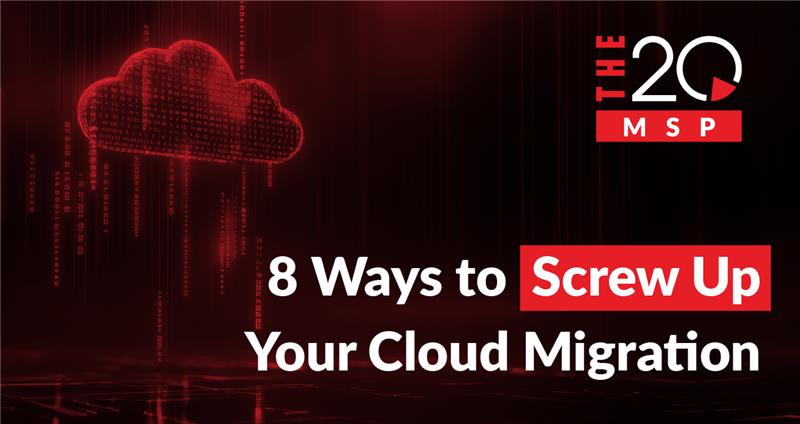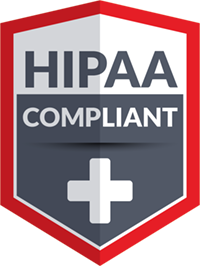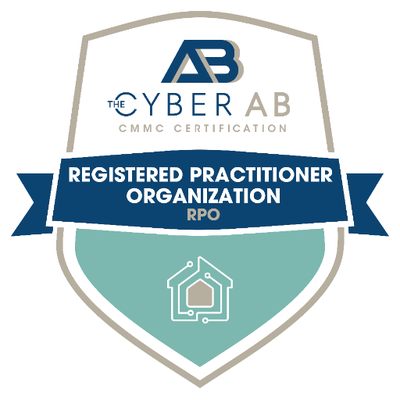
8 Ways to Screw Up Your Cloud Migration
You’re doing it. You’ve thought about it, you’ve talked to experts, you’ve crunched the numbers – and you’re doing it: moving your company’s data to the cloud.
A cloud migration can work wonders for a growing business, but it’s important to know the facts, such as: 75% of cloud migrations end up exceeding their budget. There are multiple reasons for this, but most of them boil down to one simple mistake: lack of preparation.
So, don’t go into your cloud migration half-cocked. Instead, plan ahead, consult with cloud experts, and read this article to learn about 8 common cloud migration pitfalls – and how to deal with them. If you missed our last post – 9 Things to Consider for Your Migration – you can find it here.
Pitfall #1 – You Didn’t Plan Ahead (Enough)
If you’re migrating your data to the cloud, you clearly did some planning ahead – but was it enough? We’re talking budgeting for the smaller details like network usage, checking how your apps will perform in the new environment, helping your employees, setting deadlines, and much more (we’ll dive into all of these individually).
Without a comprehensive plan, you’re setting yourself up for failure.
Slacking on this step means surprise costs, delays, and all-around terrible times. So, do your research, talk to your IT experts, and make sure your first steps in your migration journey are backed by solid, well-thought-out planning.
Solution: Start planning early and work with your IT partner. The more comprehensive the plan, the easier your migration.
Pitfall #2 – You’ve Been Struck by Analysis Paralysis
On the flip side, we have the overthinkers. You know why you want to migrate, and you’ve been working all year crafting the perfect plan – but you just can’t seem to take those first steps.
As Amazon’s Stephen Orban points out, analysis paralysis is a common issue for many business owners and IT executives when working with the cloud. Check out his article – it’s some interesting (and hopefully comforting) stuff. Over-analysis is understandable: there is a lot to consider, and no one wants to get it wrong.
But if you constantly focus too much on what might go wrong, you’ll never give things a chance to go right. You have to start somewhere. That doesn’t mean diving in blindly without a plan, but constantly second-guessing every decision won’t help you either.
The best advice we can give is to work with a trusted IT partner. With guidance and assurance from experts, you can take a step back, relax, and finally get the ball rolling.
Solution: Don’t overwhelm yourself with information and risk indecision. Work with someone you trust and just start.
Pitfall #3 – You Underestimated Your Timeframe
You’ve decided how long your migration should take, but turns out, you were off the mark. This isn’t uncommon, as cloud migrations are rarely quick or simple. Depending on the size and complexity of your setup, a migration project can take anywhere from a few months to over a year.
To avoid getting off-schedule, it’s vital that you understand the complexity of your own environment. Because you’re in this for the long haul, make sure to prioritize your most important applications first. That way, you can stay productive while working through the awkward “half-in, half-out” phase of your migration.
Make sure you allow yourself enough time for the migration, with some extra buffer room. Migrating data is a slow and laborious process that requires a lot of organization and patience. The last thing you want is to rush through everything only to find out half of your applications didn’t migrate correctly.
Solution: Understand that this process won’t be short. Planning for delays and setbacks will help keep your timeline realistic, while lowering stress.
Pitfall #4 – You Rushed Your Application Assessment
Each application works differently – sounds obvious, but it’s important to keep this in mind during your cloud migration. Assessing each application individually is an important early step in your planning, and if it’s not done correctly, it could derail the entire migration.
To get more specific, you’ll need to assess each application, determine the best strategy for moving it to the cloud (or decide if it’s even suitable for migration), and prioritize the most important and largest apps.
Expert IT partners are going to be vital here. As a managed service provider (MSP), we can help you assess each application while providing the best migration options.
Solution: Alongside your IT partner, break down your main applications and make sure the apps can translate to the cloud as you want them to.
Pitfall #5 – You Left Security Solely Up to Your Cloud Provider
Yes, your cloud provider should offer substantial security, and making sure that your provider’s security is up-to-snuff is an important part of your migration. But relying solely on your provider for all your security needs is a big mistake.
Here’s the rub: data breaches happen. They happen a lot. In fact, 45% of data breaches are cloud-based.
This stat isn’t meant to scare you away from the cloud – cloud providers work hard to secure their infrastructure. But it does highlight a key point: you must invest in your own security. Work with your IT team to implement extra layers of protection, like multi-factor authentication, and boost your team’s cyber awareness with consistent training.
The cloud is great, but don’t fool yourself into thinking it’s perfect.
Solution: Like all things cybersecurity, you need a layered approach for your cloud. Each layer of added security will only help keep potential hackers at bay.
Pitfall #6 – You Forced Your Team to Adapt Too Fast
Speaking of training, your team will need some support during the migration. We touched on this in the last post, but training and educating your team on your new cloud platform can’t be a one-time thing.
There will be those who adopt the new platform wholeheartedly, while others outright refuse to use it. People are naturally resistant to change, and with employees already worn out, don’t force them into something they’re not ready for. Provide alternatives, or better yet, offer a clear and understanding training approach.
Some people have been doing the same work for years. Suddenly changing that can be a major stressor. So be patient and don’t leave them behind – they’re just trying to do their jobs.
Solution: Be patient and consistent with your team. Don’t expect them all to adapt to the new environment on day one. These things take time, and there’s nothing wrong with that.
7. Not Budgeting for Network Increases
Here’s one that sneaks up on folks: network costs.
Think about it: you’re moving everyone online. There’s suddenly going to be a much, much bigger demand on your network speeds and data limits. Although these costs may still outweigh their hardware counterparts, not planning for them can be a rude awakening.
Make sure you talk to your IT experts to properly estimate the demand you’ll be placing on your network. This might even mean upgrading your network equipment – another unexpected cost. But if you budget correctly and plan for these hidden adjustments, you’ll be in a much better spot when things are all said and done.
Solution: Don’t overlook the impact of increased internet usage. Work with your IT to plan for needed upgrades and include costs in your budget to avoid unwelcome surprises.
8. You’re Lacking Strategy
You’ve got your plan, budget, and app assessment all figured out, and you’re ready to go, right? Not quite.
There’s one missing piece to the puzzle: a migration strategy. A migration strategy is the glue that holds everything together. A solid strategy connects your plan, budget, and app assessments, helping you and your IT team choose the best path forward.
Cloud migration strategies are often broken down into the 7 R’s of Cloud Migration:
- Retire: Sometimes, the best strategy is to leave certain apps behind.
- Retain: Sometimes, apps are best left staying put – no migration needed.
- Rehost: A simple migration – when you move an app right to the cloud without making any changes.
- Relocate: A new strategy that migrates data without disruption.
- Repurchase: Everything has a lifespan, and some systems may need replacing.
- Replatform: Some apps can be optimized for the cloud, allowing them to work better than ever.
- Refactor: Some apps may need a complete overhaul to work in the cloud.
If that all sounds a bit overwhelming, don’t worry – we’ll break each “R” down in detail and show you when to use them in the next part of our cloud migration series. So stay tuned!
Solution: Work with your IT partners to decide on the best strategies for your migration, and read our next blog to learn more.
Expert Help for Expert Plans
You’re not going to run into any of these issues – know why? Because you’ll have an expert partner by your side.
Cloud migrations are complex, and managing everything on your own isn’t realistic. That’s where we come in. As a trusted MSP, we’ll guide you through the entire process one step at a time, making sure your goals and vision come to fruition without the headaches.
So, let’s start with this: got any questions?
About The 20 MSP
As a leading provider of managed IT services, The 20 MSP serves thousands of businesses nationwide, providing each one with white-glove service, secure and streamlined IT infrastructure, and 24/7/365 support. We believe in building lasting relationships with clients founded on trust, communication, and the delivery of high-value services for a fair and predictable price. Our clients’ success is our success, and we are committed to helping each and every organization we serve leverage technology to secure a competitive advantage and achieve new growth. To learn more, visit the20msp.com.



